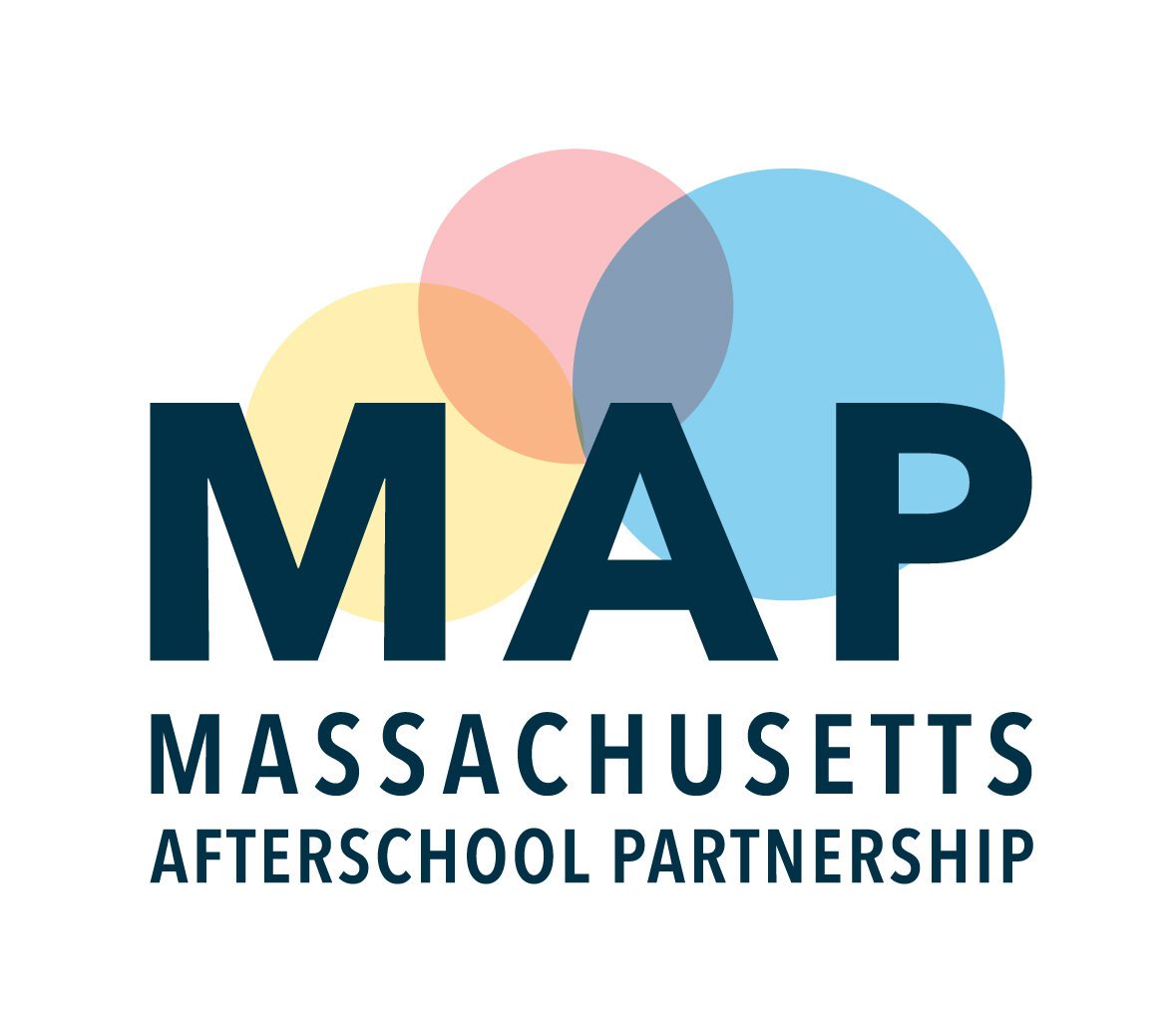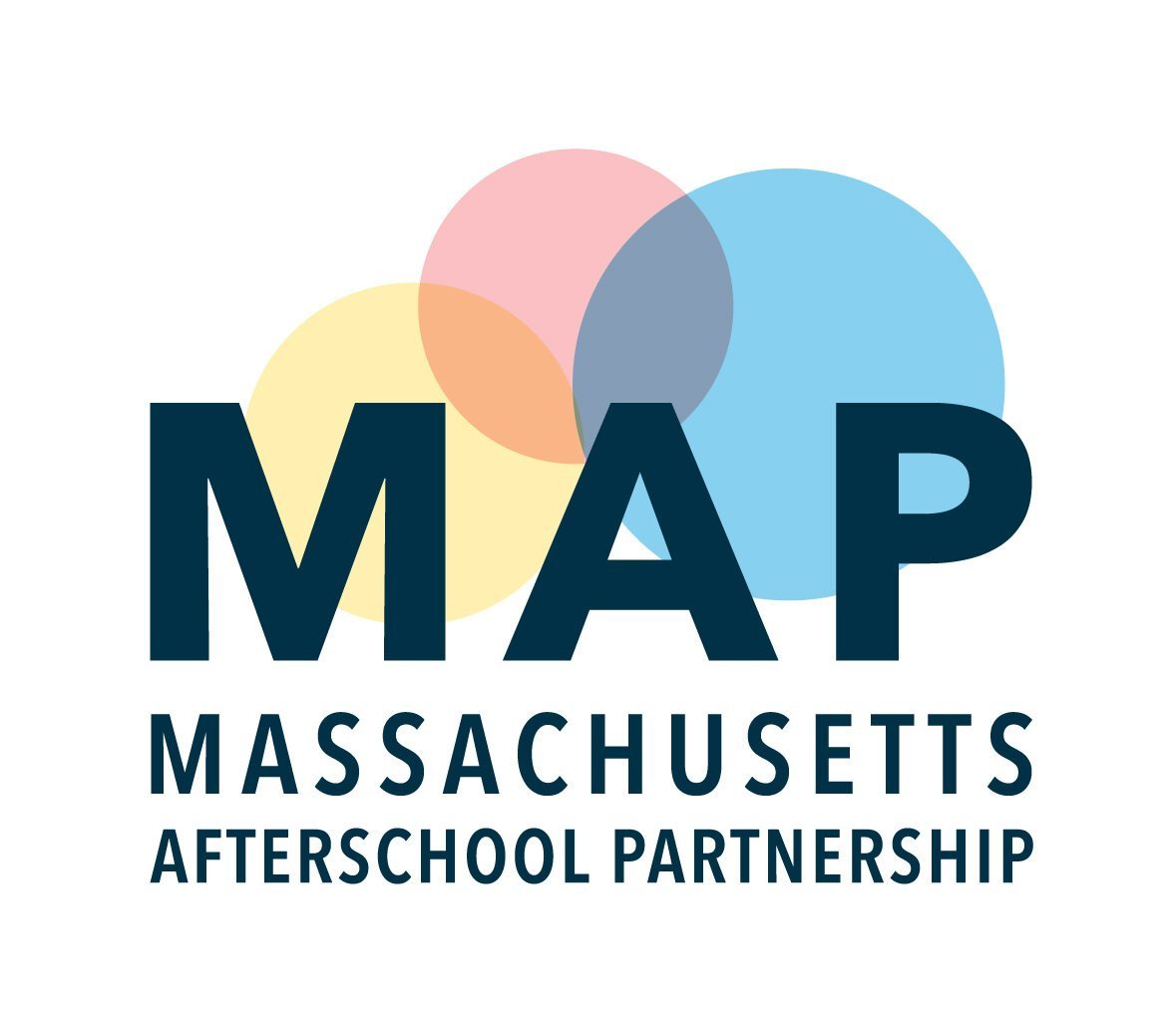MAP’s Executive Director Patrick Stanton on the State of Afterschool
April 4, 2025
I wanted to take some time today to reflect on the state of afterschool in Massachusetts and across the country. I’ve held off on writing this for a while, mostly because of how quickly things have been changing—but I believe now is the right time to share ideas, invite conversation, and stand together in support of the children, families, and educators at the heart of this work.
This post is shaped by what I’ve seen and heard while visiting programs, speaking with community stakeholders and policymakers, and collaborating with other advocates in early education, out-of-school time (OST), and the school-day space.
At first glance, it might look like things are holding steady. On paper, federal funding streams like 21st Century Community Learning Centers (21st CCLC) and the Child Care and Development Block Grant (CCDBG) haven’t changed. State funding lines like the After School and Out-of-School Time (ASOST) and Summer Learning grants have dipped slightly but still provide a strong foundation—supported by a passionate network of advocates.
But afterschool doesn’t live in a vacuum.
The programs MAP advocates for serve children, families, and communities with high needs. These kids may be facing food insecurity, housing instability, or a lack of safe transportation. Federal proposals to cut programs like SNAP and the recent closure of the federal HHS office overseeing Head Start are warning signs of a system under stress. Meanwhile, school districts across Massachusetts are facing serious budget shortfalls, worsened by additional federal cuts. There’s more—too much to list here—but the bottom line is clear: what affects one part of the system affects us all.
That interconnectedness became painfully clear during a recent site visit, when I asked a program director how they were responding to proposed federal cuts. She became emotional. Even though the state grants were essential, she explained, many of their critical services were made possible through braided funding that included federal sources. Without those, they couldn’t continue at their current capacity—and possibly not at all.
So the question becomes: now what?
It’s essential to acknowledge the growing demand for programs at a time when families have fewer and fewer options. But it's just as vital to see the potential that lies ahead.
Time and time again, afterschool programs have quietly—but powerfully—led the way in reimagining what learning and community support can look like. We’ve already proven that when we center youth voice, invest in staff, and build deep partnerships with families, schools, and communities, we create spaces where young people can thrive.
The future of afterschool doesn’t have to be defined by scarcity—it can be shaped by innovation, collaboration, and bold advocacy. We can build a more vibrant afterschool ecosystem by coming together to push for sustainable funding, highlighting the powerful impact of these programs, supporting and investing in the educators who make it all possible, and keeping equity at the center of everything we do. By deepening partnerships across sectors—schools, communities, businesses, higher education, and philanthropy—we can create lasting change. This is a hard moment, but also a turning point. And if there’s one thing this field has proven time and again, it’s that we know how to meet the moment—together.

